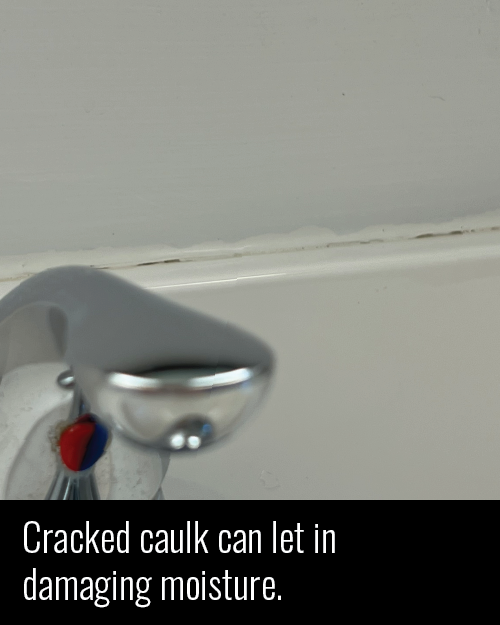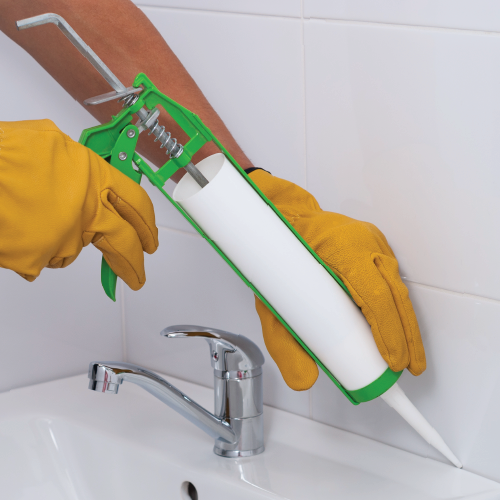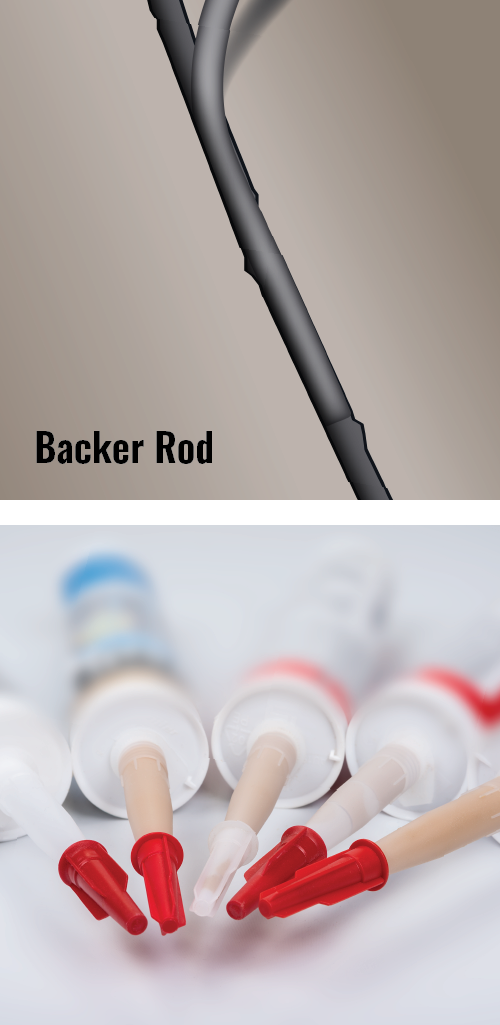
Why caulk matters in plasma centers and how to get it right
On Stough projects, we have caulking specs, because using high-grade caulk can make all the difference in maintaining the integrity of your building long-term.

1. Reasons to Caulk Carefully
Caulk is used where two materials meet that expand at different elastomeric coefficients, such as brick and wood, concrete and vinyl, etc.
Caulk has a very high elastomeric coefficient: it can expand and contract extensively without cracking.
Where caulk is used, it enhances cleanability. In addition, it prevents rodent and cockroach infestations.
What’s wrong with cracks?
- If a crack develops between a window and the surrounding masonry wall, for example, it could lead to moisture getting into the building, causing expensive structural damage.
- If you use inferior product, the caulk will break down due to the sun’s UV rays, becoming brittle and failing.

2. Where is Caulk Important?
Caulk is indicated where a seal is necessary between materials. We require the following contractors meet our caulking specs:
-
- Plumbers; they caulk urinals and sinks to wall, using high-grade white silicone because of the moisture in the area
- Window installers; they are asked to caulk the windows to surrounding brick with a caulk that matches the window frame color. These contractors use a different type of caulk with a multi-year warranty
- Caulking contractors caulk concrete control expansion joints and masonry expansion joints, using the caulk with a multi-year warranty
When repainting
Plasma centers repaint every 1-5 years. The painting crew is responsible for caulking where materials abut. This is important to prevent problems which could be expensive to repair.
Back To Top
3. Prepping and Caulking Properly
Before you caulk, make sure the area is prepared correctly:
- Make sure it is clean so the caulk will adhere
- If the joint is deep, or too wide, use backer rod to fill in the space (the caulk will seal properly to the backer rod)
Do not use caulk to “hide sins” around door frames or cabinetry that doesn’t snug up to walls correctly. Fix the real problem before you caulk.
Make sure you have the right type of caulk for the situation:
- If the joint is horizontal, choose a self-leveling or semi-self-leveling caulk; if the surface has a slight slope, these caulks will not run
- If the caulk is vertical, for example, around a window or plumbing fixture, you want a caulk you can tool to make smooth
- If a surface will get painted, choose a paintable caulk
KNOWING WHERE AND HOW TO CAULK AND WHAT MATERIALS TO USE CAN KEEP YOUR BUILDING LOOKING AND FUNCTIONING AS INTENDED FOR DECADES. ASK STOUGH IF YOU NEED HELP.
Reach Us
To streamline delivery and control costs, we take a prototype approach when possible, engage local civil engineering consultants for each project, and establish a working relationship with the local governing authority.